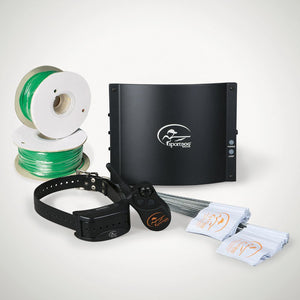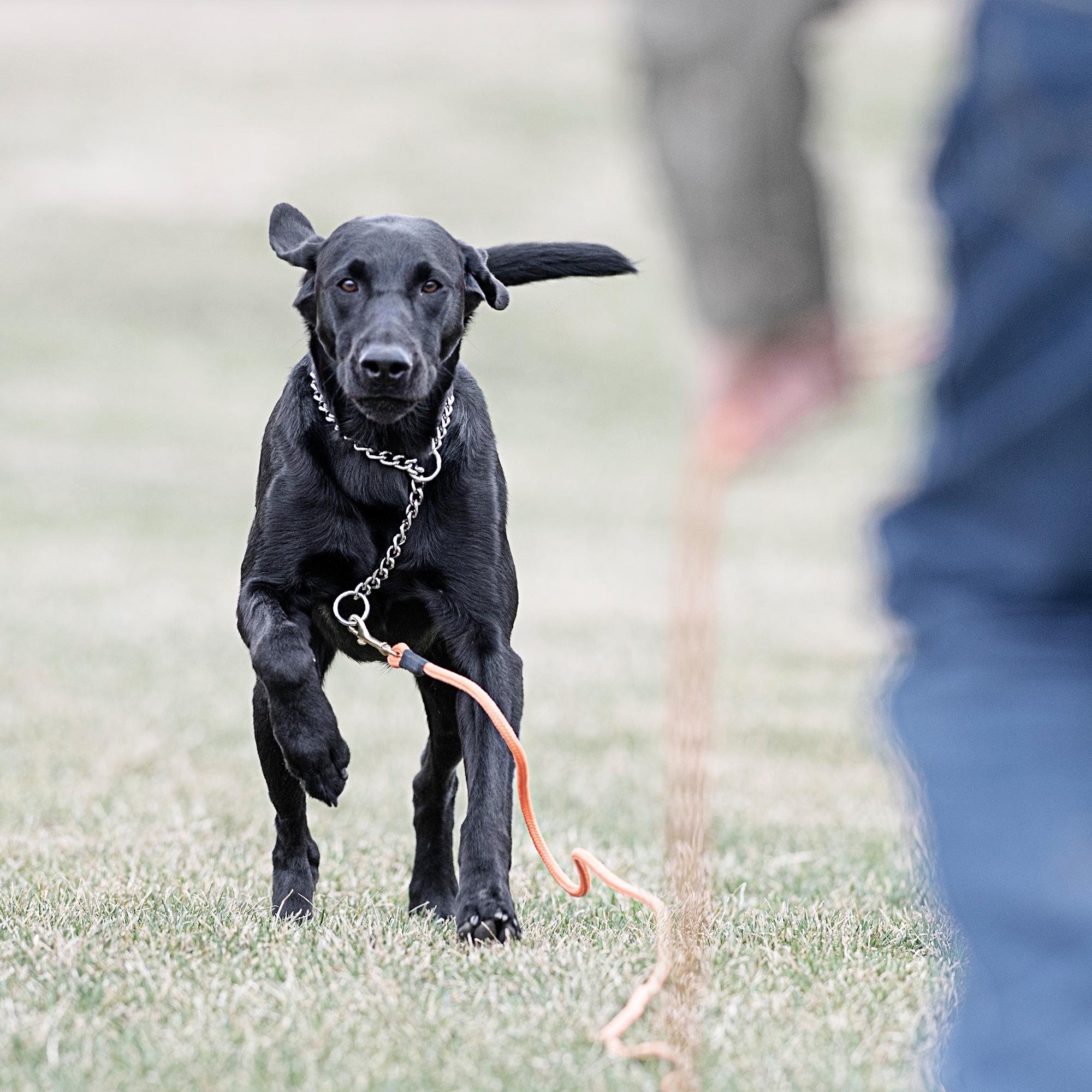
Training Your Hunting Dog to an In-Ground Fence
Posted by The SportDOG StaffIn-Ground Fence™ containment systems have risen dramatically in popularity over the years, and there’s good reason. In-Ground Fence systems are safe and effective devices for keeping your dog in a safe area. Most dogs take to this very quickly, especially hunting dogs that are used to e-collar training. In fact, if you’ve been properly using an electronic collar for hunting, your job is partly done already. Your dog probably sees the collar as a signal he's going to go somewhere or do something enjoyable. But even if your dog has never worn an e-collar, it’s not a problem. Here are a few simple steps to train a dog with no e-collar experience to a fence:
“Come” and “Here” Commands
You and your dog will want to work on these commands during 10-15 minute training sessions in the yard. Your dog should always wear the Collar Receiver in the yard to reinforce that “this device means I cannot leave my boundary”. To work on training, reinforce “Come” and “Here” commands using your check cord (if you intend to start an e-collar training program, this is a great time to start associating the tone sound on your system with “come” or "here”). With your dog stationary at the end of the check cord, say “Come”/”Here” and give the check cord a light tug until your dog comes to you. Repetition is key here. You want your dog to respond correctly 100% of the time a command is issued. For more help on the “Come”/”Here” commands you can watch our video on YouTube.
Introduce Your Dog to the Fence
Your system will come with flags to mark the boundary. These are critical to the training process, so make sure you get these up before you let your dog in the yard with a collar on. After the flags are up, put the Collar Receiver on your dog with the power turned OFF. Walk the dog around the yard so that he/she is familiar with the new boundary area. Whenever your dog tries to wander past the boundary, give a tug on the check cord, thus teaching the dog that the proper response to the flags is to stay within the boundaries.
Go Live
When you feel that your dog has successfully associated the flags with receiving a correction (leash tug), it’s time to turn the Collar Receiver on. You’ll remain in the safe zone while walking your dog around the yard. When your dog is corrected by the collar, he will return to you. When this happens, be generous with praise because he has obeyed a non-verbal cue. Your dog will quickly learn the yard is a preferred area to anything across the boundary. This process can take anywhere from a couple of hours to multiple days so, remember to be patient. This is a marathon, not a sprint.
Side note: If you wish to use the “tone” function on your e-collar as a “Come”/”Here” command this process is great to reinforce you as the safe zone. When your dog learns to associate the tone with you, that training will apply across platforms.
Related Products
Related Articles



